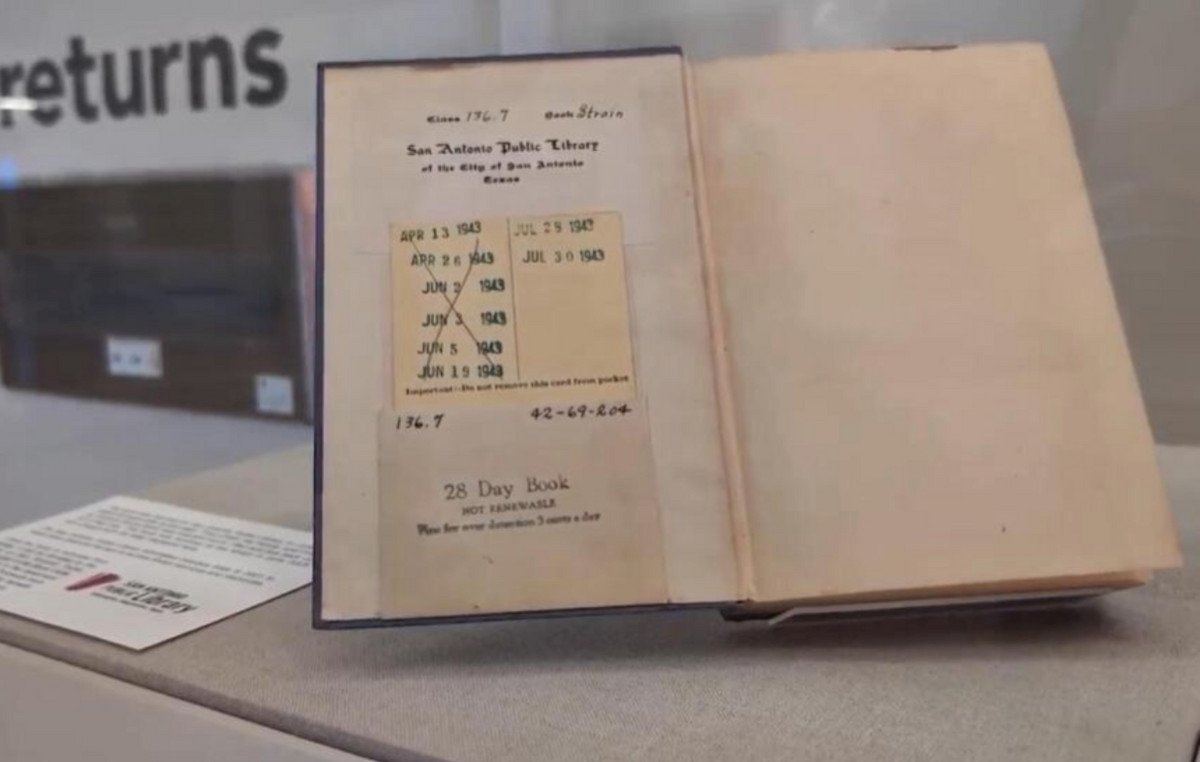Bank of Japan (BoJ) Governor Kazuo Ueda speaks at the press conference after the monetary policy meeting on Friday, explaining the reasons behind the decision to increase the interest rate to 0.50%
Featured Statements
Japan’s economy is recovering moderately, although some weak movements are observed.
The probability of realizing the prospect is increasing.
Global financial and capital markets have been stable as a whole.
The virtuous cycle will gradually strengthen.
The price trend is increasing towards the 2% inflation target.
Uncertainties surrounding Japan’s economy and prices remain high.
We must pay due attention to the financial and currency markets, and their impact on Japan’s economy and prices.
The impact of currencies on prices has become greater than in the past, as companies are more willing to increase wages and prices.
We will continue to adjust the degree of flexibility if our economic and price outlook is to be realized.
It will guide the policy from the point of view of achieving the price objective in a sustainable and stable manner.
The board judged that spring salary talks will result in steep raises again this year.
A growing number of companies expressed their intention to continue raising wages steadily in wage talks this spring.
The US economy is in good shape.
developing story…
Market reaction
USD/JPY has once again been under selling pressure after these comments. The pair was last seen trading 0.63% lower on the day at 155.05
Bank of Japan FAQs
The Bank of Japan (BoJ) is the Japanese central bank, which sets the country’s monetary policy. Its mandate is to issue banknotes and carry out monetary and currency control to ensure price stability, which means an inflation target of around 2%.
The Bank of Japan has embarked on ultra-loose monetary policy since 2013 in order to stimulate the economy and fuel inflation amid a low inflation environment. The bank’s policy is based on Quantitative and Qualitative Easing (QQE), or printing of banknotes to buy assets such as government or corporate bonds to provide liquidity. In 2016, the bank doubled down on its strategy and further relaxed policy by first introducing negative interest rates and then directly controlling the yield on its 10-year government bonds.
The Bank of Japan’s massive stimulus has caused the Yen to depreciate against its major currency pairs. This process has been exacerbated more recently by a growing policy divergence between the Bank of Japan and other major central banks, which have opted to sharply raise interest rates to combat inflation levels that have been at record highs for decades. The Bank of Japan’s policy of keeping rates low has caused the differential with other currencies to increase, dragging down the value of the Yen.
The weakness of the Yen and the rebound in global energy prices have caused a rise in Japanese inflation, which has exceeded the 2% target set by the Bank of Japan. Even so, the Bank of Japan judges that sustainable and stable achievement of the 2% objective is still not in sight, so a sudden change in current monetary policy seems unlikely.
Source: Fx Street
I am Joshua Winder, a senior-level journalist and editor at World Stock Market. I specialize in covering news related to the stock market and economic trends. With more than 8 years of experience in this field, I have become an expert in financial reporting.







